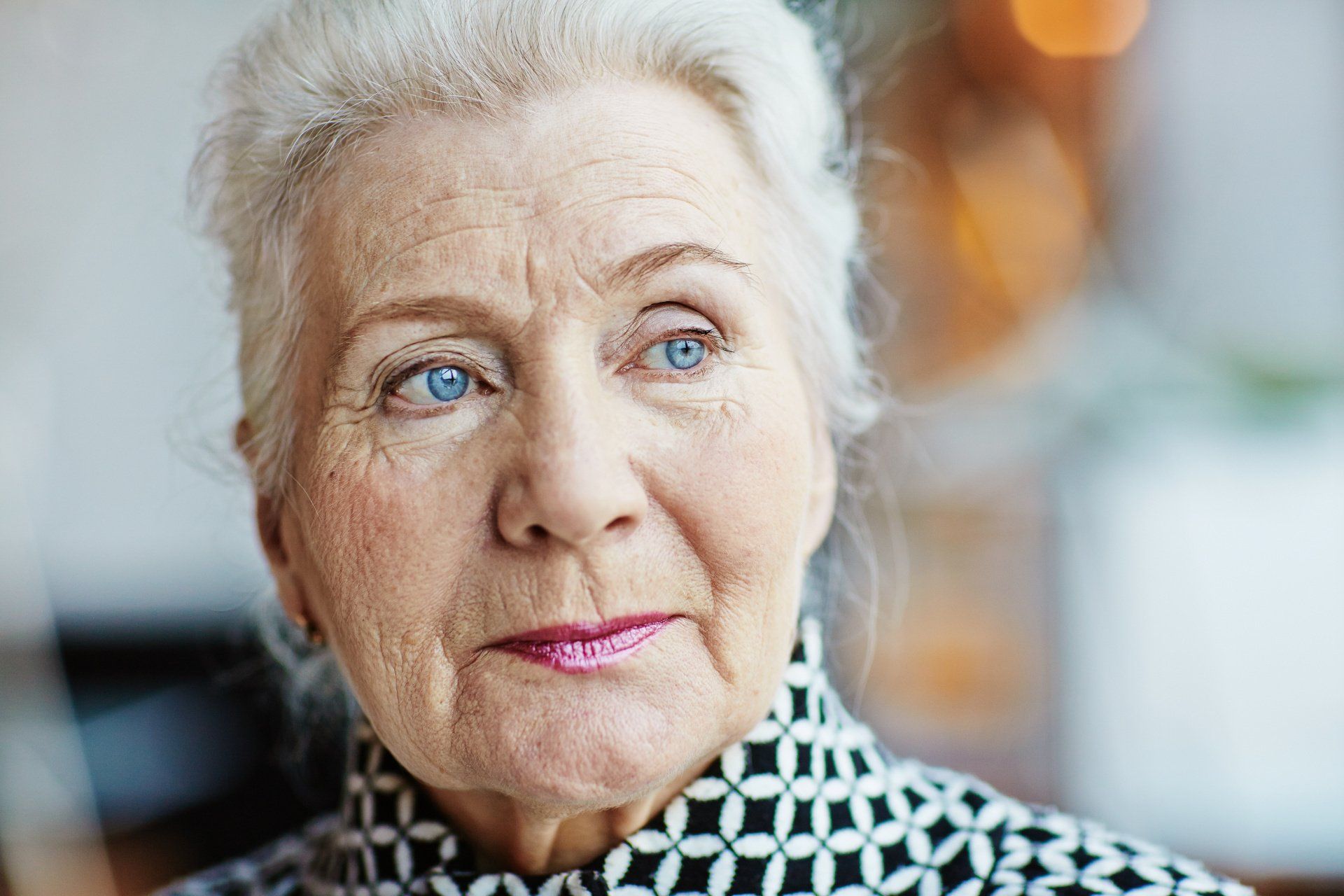What do Google, Methuselah and Vision Protection Therapy have in common?

In the early chapters of the Genesis, people lived for hundreds of years. The world champ was Methuselah, clocking in at 969 years. Such longevity would be a nightmare for Medicare and Social Security! But according to Moses, this kind of longevity was pretty routine back then. Ever since then, mankind —especially rich and powerful men — have sought to get that longevity back.
What can we learn from this? Well, it should come as no surprise that the rich and powerful are prone to thinking of themselves as godlike. But it may surprise you to know that biologists have long noted there is no biological reason man should not be able to live as long as Methuselah— or even longer. Incredible life span is programmed into our cells. All that is needed is to change or “fix” that program is to remove the current limits and restore the pre-Babel settings.
Altos Labs is a tech start-up described as an “instant unicorn.” Before its first day of business, it has taken in over $3 billion in investment capital. The investors? Rumors suggest the founders of Google, Jeff Bezos, Bill Gates, and many other ultra-wealthy tech, financial and political types are the key investors. Why such interest in Altos Labs? Because its goal is to discover the means to human immortality — or, failing that, Mathuselian longevity.
How do they plan to do this? With drugs.
The drugs they hope to develop will target the USR (endoplasmic reticular unfolded protein stress response) and ISR (integrated stress response) systems in the body that help maintain cell homeostasis. By activating the USR and ISR, Altos Labs hopes to prevent cells from breaking down by “resetting” the cell to its “factory settings” when it begins to degrade from aging and disease. In theory, a “full reset” would stimulate stem cells to become new cells of a particular type to replace the old, dying ones. However, a “full reset” can get out of hand and lead to problems like cancer,. so Altos aims to accomplish a “partial” reset instead. A partial reset would simply fix the cell to keep it operational, rather than replacing it altogether.
It’s a great idea.The problem? It (probably) won’t work — and it’s already been done.
The New York Times reports that the complexity of climate prediction exceeds the capability of any supercomputer to model. (Sunday Feb 6, 2022) In comparison, human biology makes weather seem simple. There are about 2,000 different types of proteins in any particular cell in the body. These proteins are folded into unique shapes that allow them to do critical and specific tasks to keep the cell running normally. Anything you do to one of these proteins eventually affects every other protein in the cell, and thus the health and function of the cell, for good or ill. This is the “butterfly effect.” The butterfly effect (first coined, interestingly enough, from the complexity of weather forecasting) posits that a butterfly flapping its wings or turning left instead of right in the Amazonian jungle will eventually have an effect of the election of the Swedish prime minister a year later. Everything is connected, and cannot be isolated or separated from everything else. For those 2,000 proteins, there are 10680 possible interactions which will necessarily take place as the result of tweaking any one of them. At a femtosecond pace, the universe is not old enough to run through all the possible interactions resulting from one protein tweak in just one cell.
The main side effect of any targeted drug therapy is “unintended consequences”. There is no way to know, or take into account, the ultimate outcomes caused by even the most well-intended drug. Despite that, there are a very limited number of ways for a drug to be both effective and safe: 1) pick the right target, 2) hit the target the way you want to, and 3) pray that if you miss the target, which you likely will, the unintended consequences are actually more helpful than harmful (studies show that nearly all cancer chemotherapy drugs don’t do what they claim to do by targeting. They actually miss their targets but still eliminate cancer cells simply by virtue of being extremelypoisonous).
Unfortunately, all the genius and money in the world is unlikely to crack the nut of finding a safe and effective longevity drug. But all is not lost.,
Vision Protection Therapy™
Vision Protection Therapy™ (VPT) already recognizes, understands, and implements much of what the titans of modern technology hope to discover with their $3 billion Altos Labs investment. That’s because the founder of the Vision Protection Institutes, Jeffrey K Luttrull, MD, discovered the “reset” approach to improving health and longevity 20 years ago, describing its use to prevent vision loss from chronic age-related eye diseases like AMD in his many peer-reviewed scientific articles over the past 2 decades. Rather than seeking homeostasis, VPT achieves the arguably more difficult task of homeotrophy, the act of
restoring health and normal function to sick and abnormal cells. VPT does this by “turning back the clock” on retinal cell dysfunction via the Reset to DefaultTM effect of its advanced SDMTM laser technology. SDM is the basis of Vicion Protection Therapy, and rather than trying to outsmart nature with targeted drug therapy, it uses nature by safely activating the body’s own mechanisms for repair and restoration. These include the USR and ISR systems, in addition to many others. By engagingtheseinfinitely complex restorative processes with SDM,the body’s buikt-in healing systems begin to do what they were designed to do Restore health and function safely, effectively, and without unintended consequences. That means no side effects or complications. This is because SDM simply hits the “fix it” switch. The otherwise insurmountable complexity of the body is then put to work for you, as nature intended. That is SDMTM Vision Protection TherapyTM: An elegant solution to an infinitely complex problem.
Save your next $3 billion and put Vision Protection Therapy to work for you. Turn back the clock on your AMD by hitting the reset button to reverse ageing damage and decrease your risks of age-related vision loss. It couldn’t be more sensible, or more natural — just ask Methuselah.


Locations
* Individual results may vary, testimonials are not claimed to represent typical results. All testimonials are from real patients, but are not intended to represent or guarantee that anyone will achieve the same or similar results.
All Rights Reserved | Vision Protection


